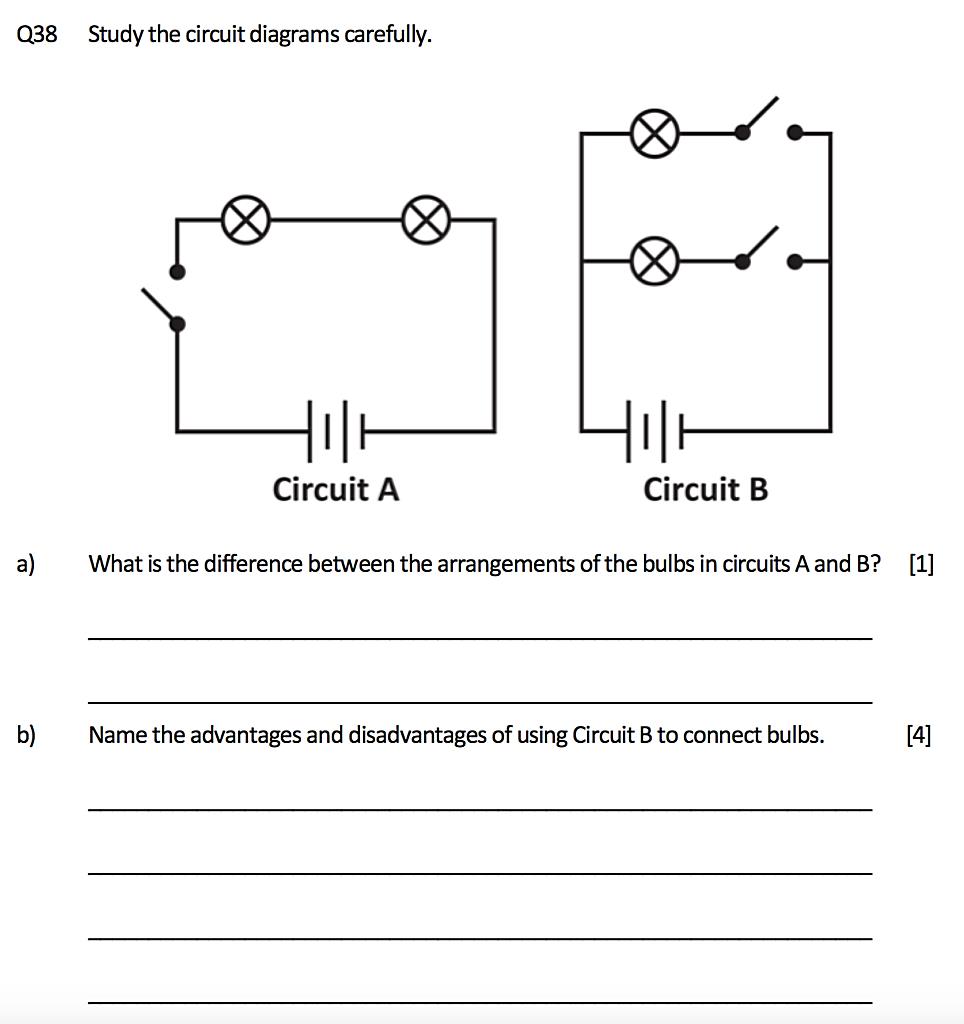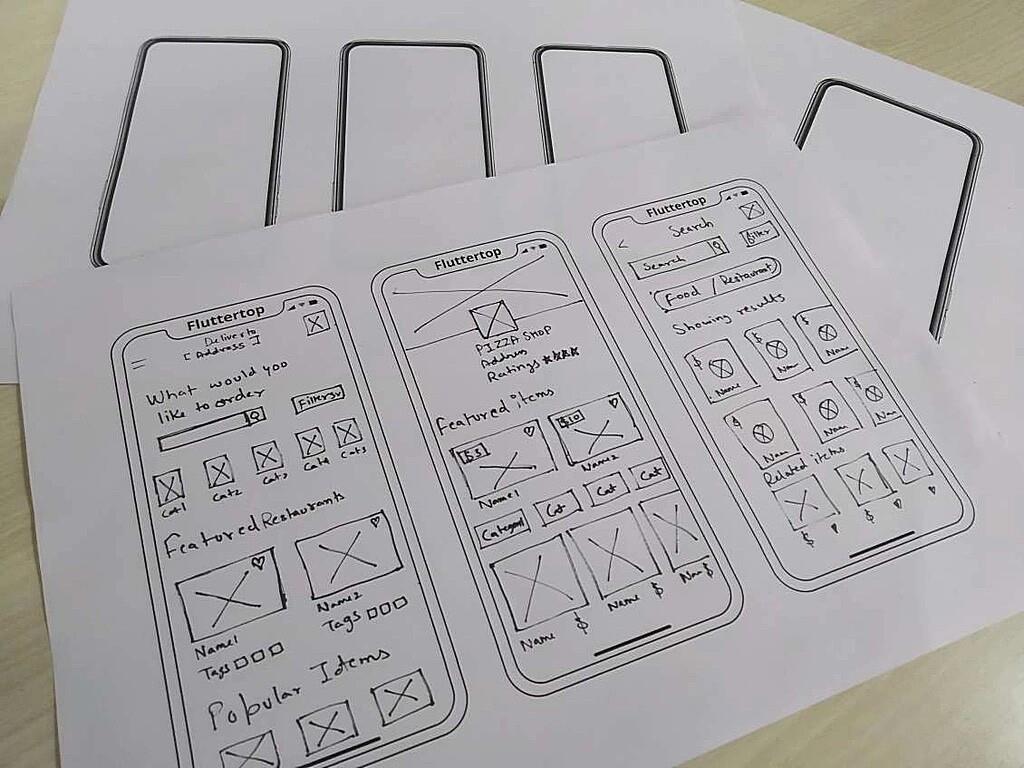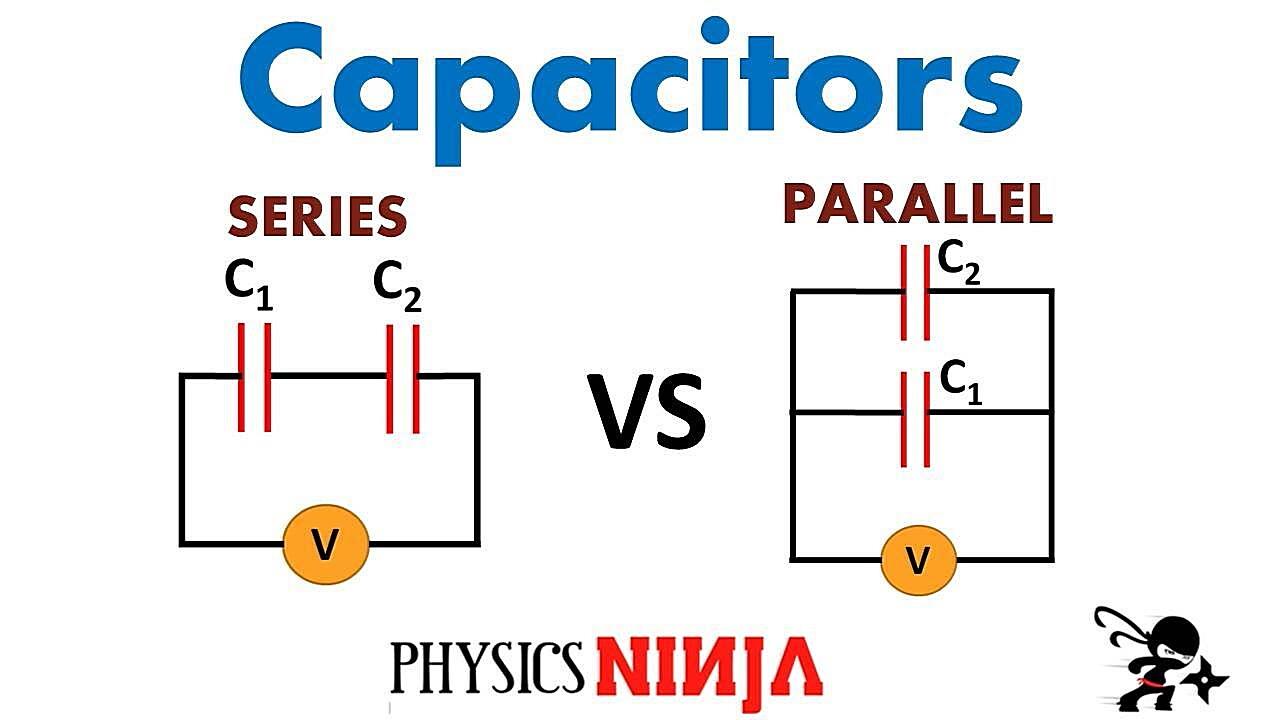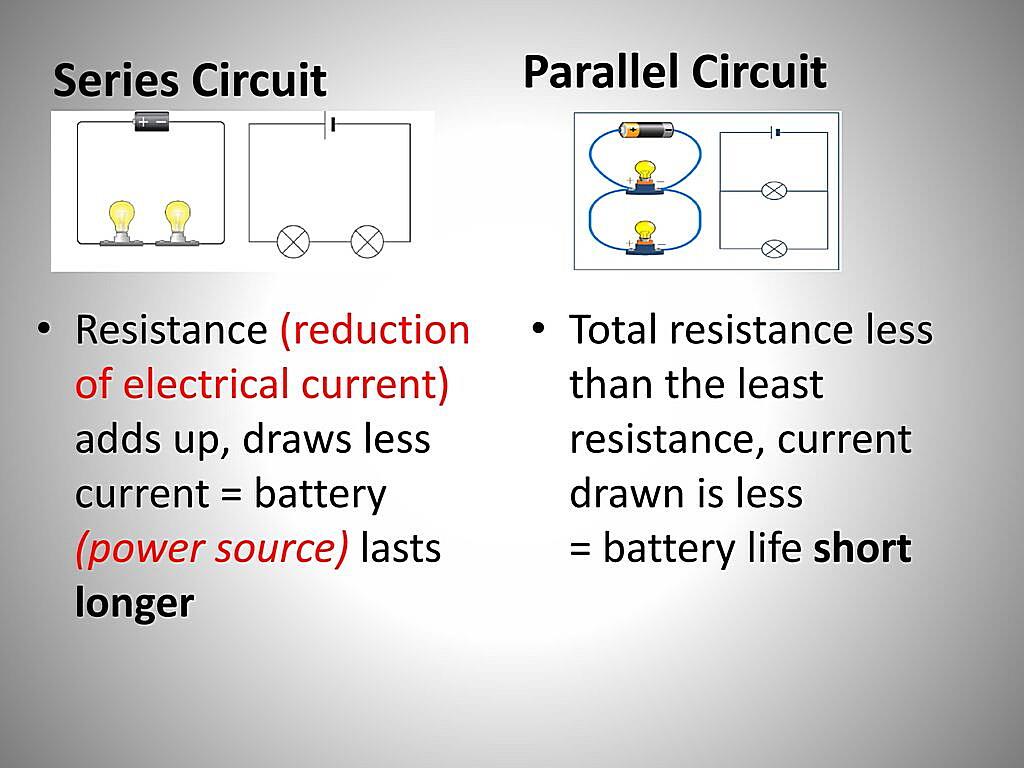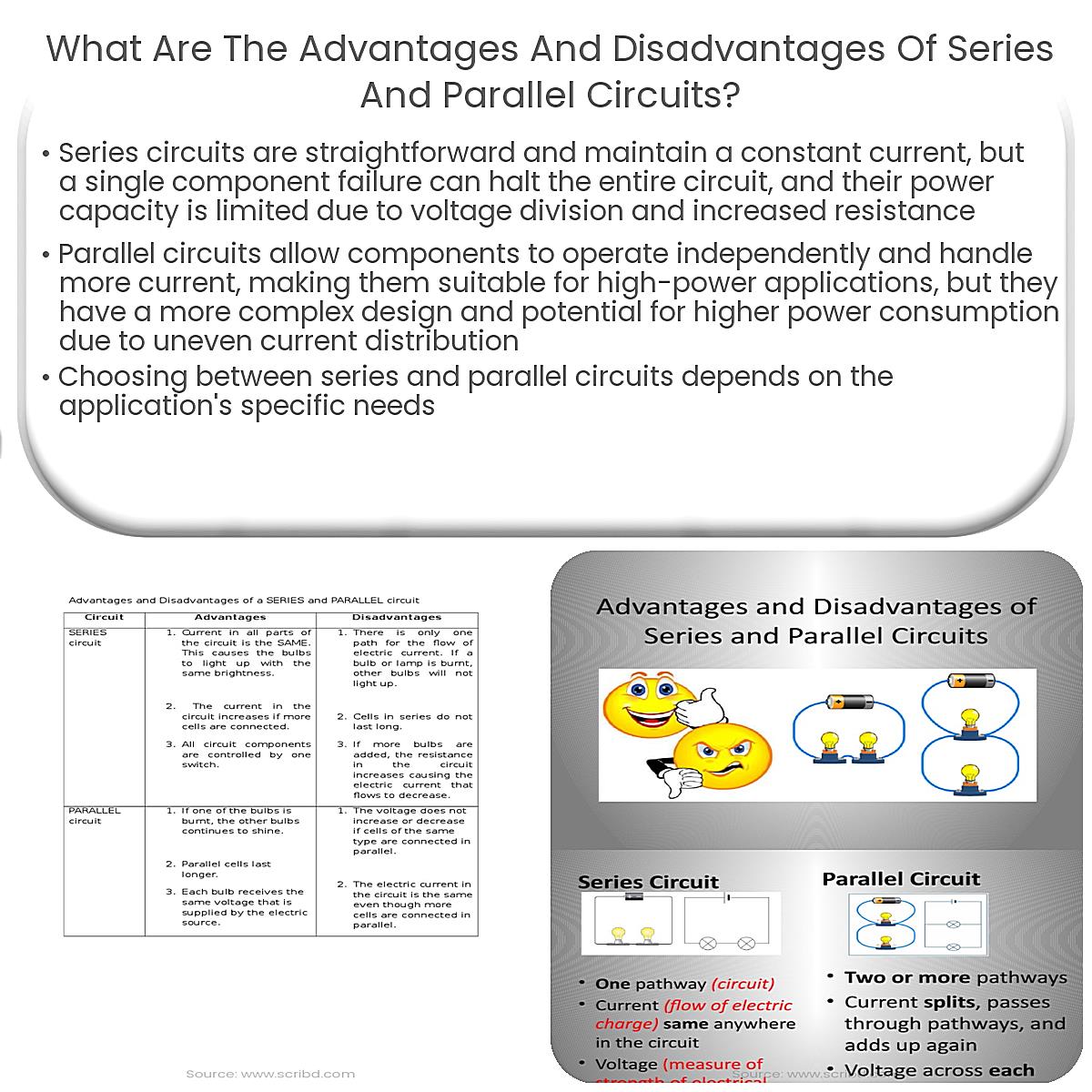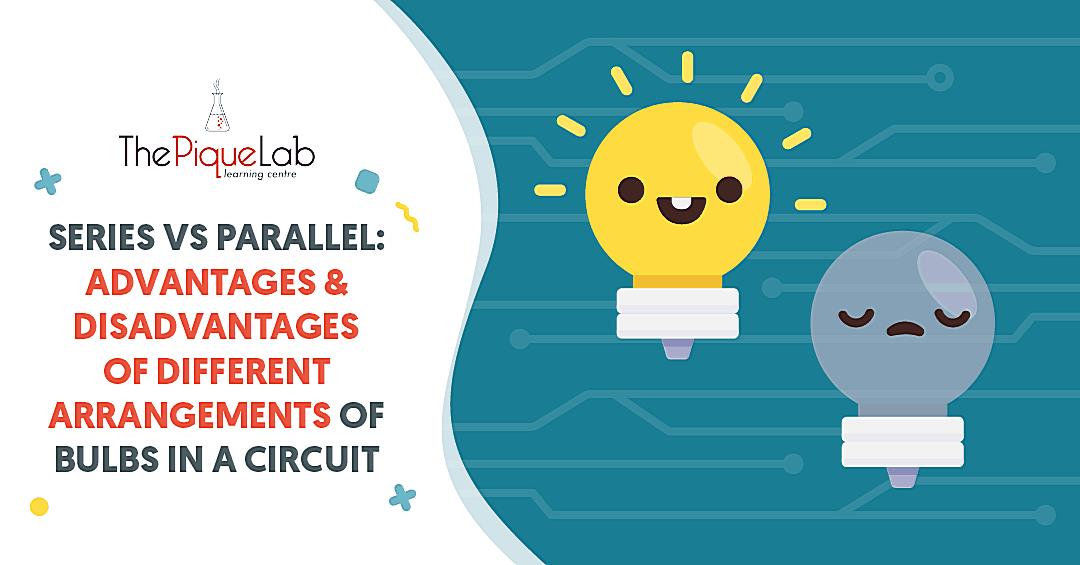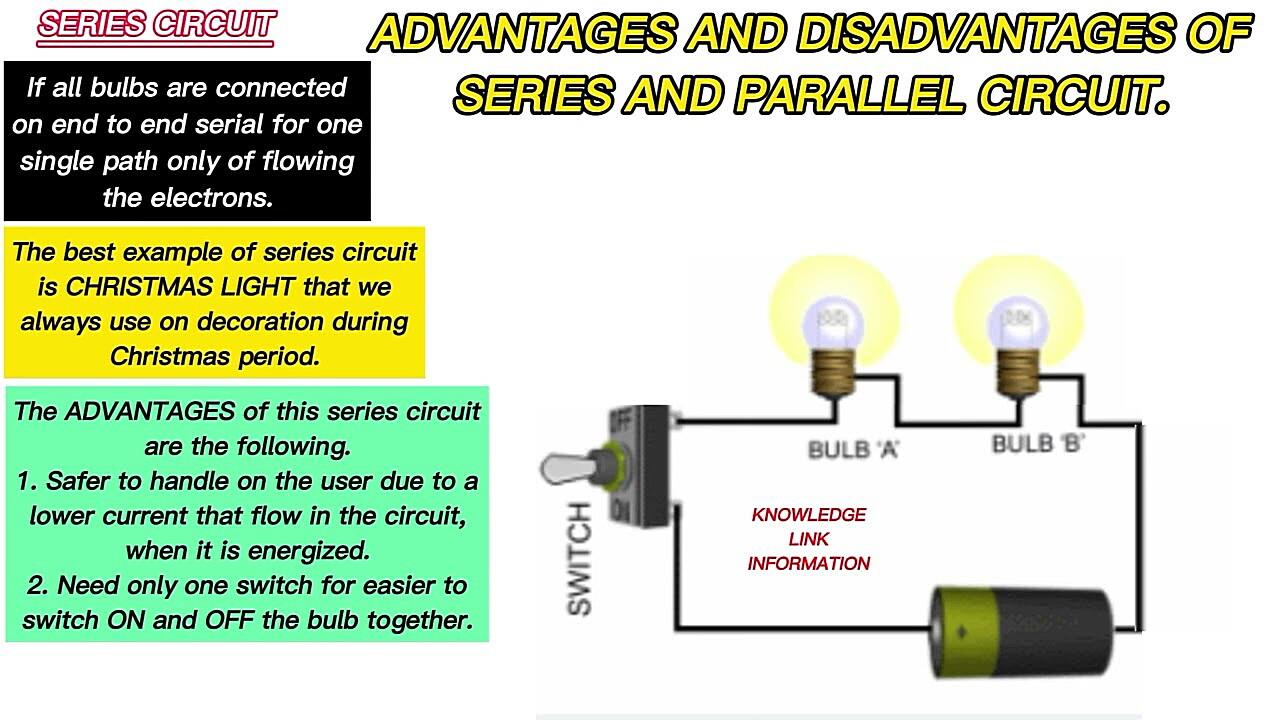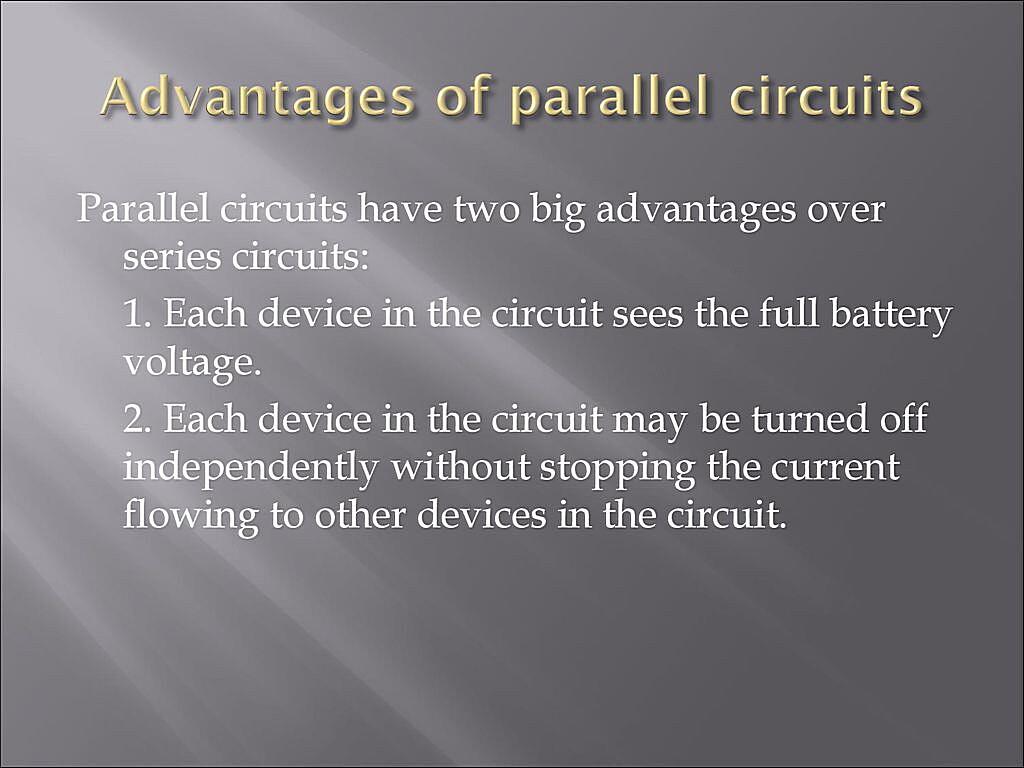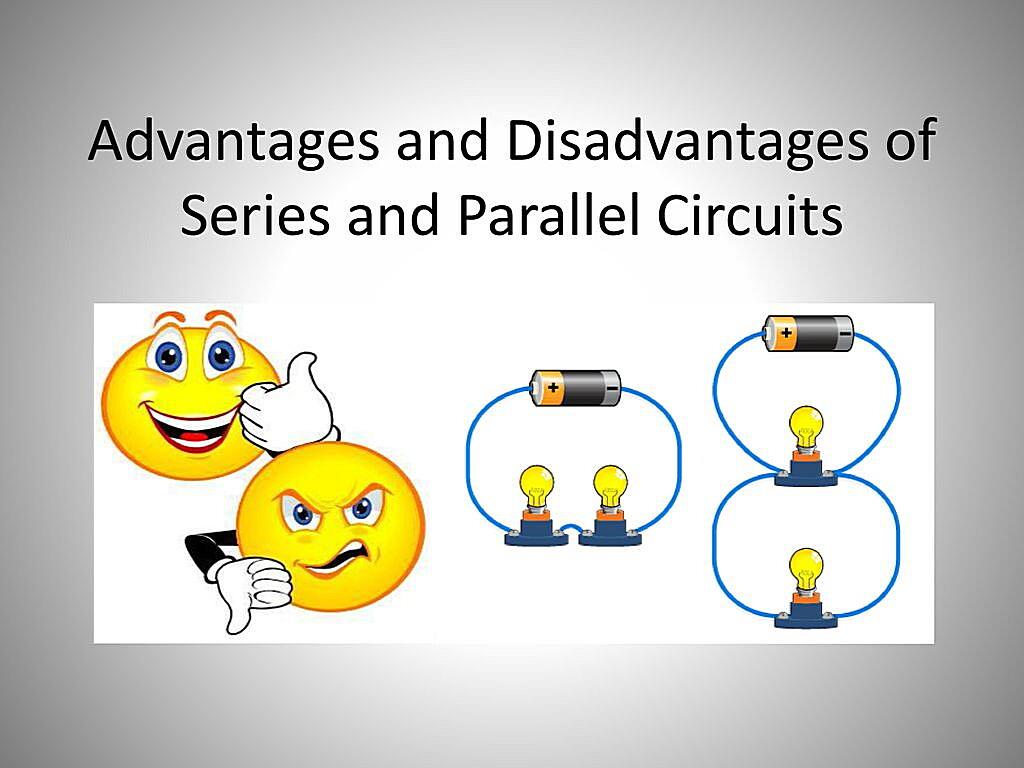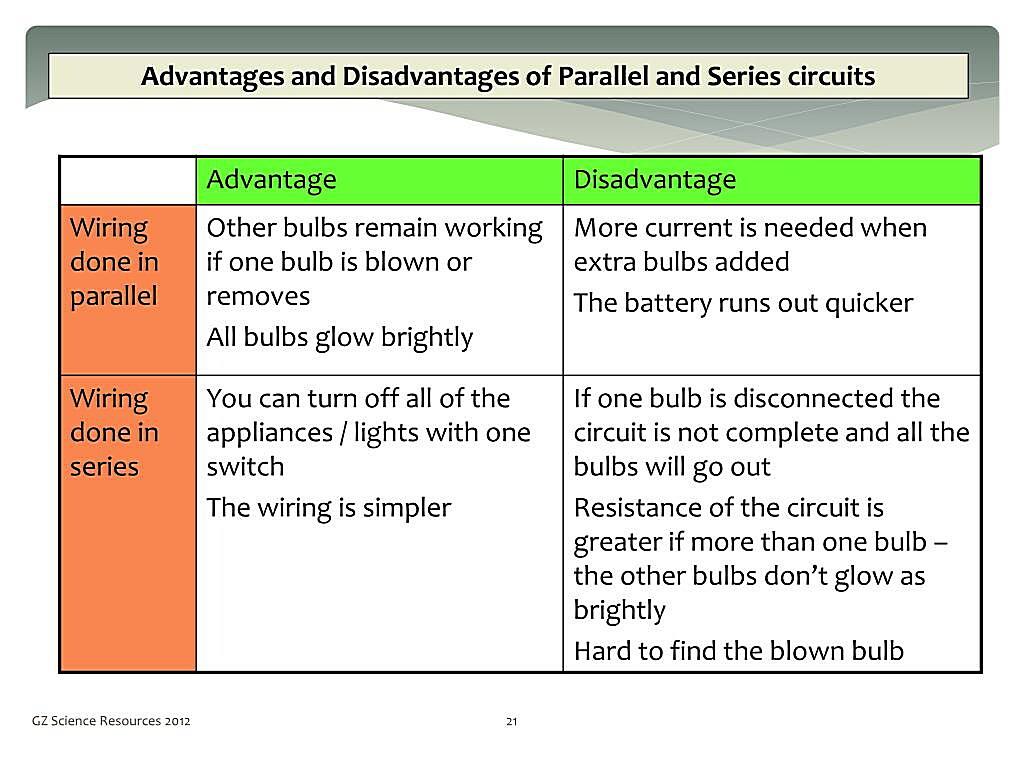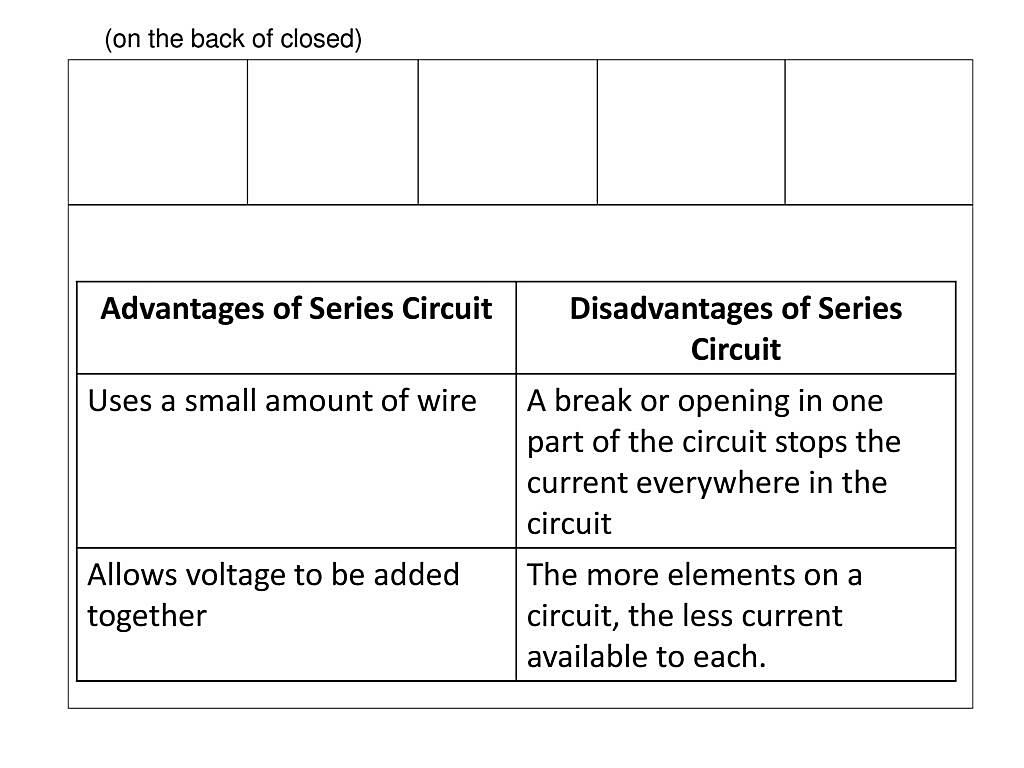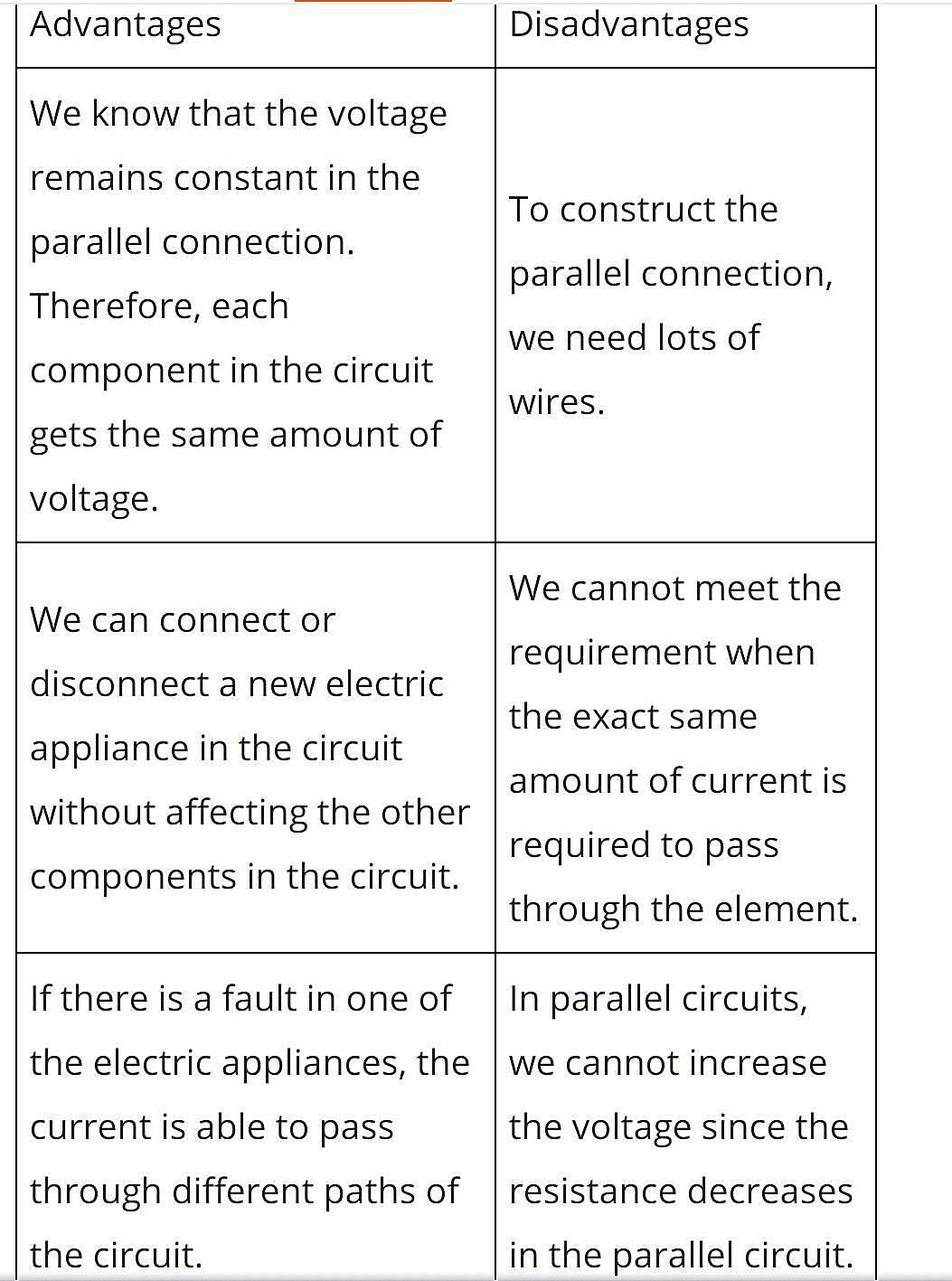Understanding Parallel Circuits
1. The Downside of Sharing the Load
Parallel circuits, the unsung heroes of our modern electrical systems, power everything from our homes to our gadgets. They’re designed to provide multiple paths for current to flow, meaning if one component fails, the others can keep on truckin’. But like any good thing, there’s a slight wrinkle in the plan. The biggest disadvantage of a parallel circuit? Well, let’s just say it’s all about current and capacity.
Imagine a water pipe system. In a series circuit, the water (current) has to flow through each pipe (component) one after the other. If one pipe gets clogged, the whole system grinds to a halt. A parallel circuit, however, is like having multiple pipes running side-by-side. If one gets blocked, the water simply diverts to the others. Great, right? Absolutely! But what if all those pipes combined are drawing more water than the main supply can handle? Thats kind of the issue we face with parallel circuits: they can lead to a significant increase in total current draw.
Think of your home wiring. Every appliance plugged into an outlet connected to a parallel circuit is drawing current. Your TV, your lamp, your phone charger — all adding to the overall load. This is where things can get a little dicey. If too many devices are drawing power simultaneously, the total current flowing through the circuit can exceed the breaker’s capacity. And what happens then? Bam! The breaker trips, plunging you into darkness. It’s a safety mechanism, of course, preventing overheating and potential fires, but it’s still a bit inconvenient, isnt it?
The real trick is understanding this current draw. Each additional component connected in parallel decreases the overall resistance of the circuit. Remember Ohm’s Law? (V=IR, Voltage equals Current times Resistance). If the voltage stays the same, but the resistance goes down, the current has to go up. Its a direct relationship. So, while a parallel circuit provides redundancy and keeps things running even if one component bites the dust, it also demands careful planning to ensure the circuit can handle the increased current load. It’s a balancing act, really.
Increased Current Draw and Overload
2. Why Current Matters
Let’s dive deeper into this current conundrum. The fact that a parallel circuit can draw a lot of current isn’t just a theoretical concern. It’s a practical problem that needs to be addressed in real-world applications. When a circuit is overloaded, meaning it’s drawing more current than it’s designed to handle, a few nasty things can happen.
First, the wires themselves can start to overheat. Think about repeatedly bending a paperclip. Eventually, it gets hot and breaks. The same principle applies to electrical wires. Excessive current flow generates heat due to resistance in the wires. If the current is high enough, the insulation surrounding the wires can melt, potentially exposing bare conductors. This, as you might imagine, is a recipe for electrical shorts and, in the worst-case scenario, fires. It’s not something to take lightly. Thats why circuit breakers are so important theyre designed to prevent exactly this scenario!
Second, the components themselves can suffer. While parallel circuits are great for allowing other devices to keep working even if one fails, the failing device drawing too much current before it completely gives up the ghost can damage other components in the circuit. They may not outright fail immediately, but their lifespan can be significantly reduced. Imagine a power supply straining to deliver enough current to all connected devices. Its going to run hotter, work harder, and ultimately, wear out faster. This is why its always a good idea to use appropriately rated components.
Finally, the utility company might not be too thrilled either. Continuously drawing excessive current can strain the electrical grid, especially during peak usage times. While this is less of a direct concern for the average homeowner, it’s a factor in overall energy efficiency and infrastructure management. Plus, you might see a slightly higher electricity bill if you’re constantly pushing your circuits to their limits. So, keeping your current draw in check isn’t just about safety; it’s also about cost-effectiveness.
Fuse and Circuit Breaker Dependence
3. Relying on Safety Nets
Because of the increased risk of overcurrent in parallel circuits, a strong reliance on fuses or circuit breakers becomes crucial. These safety devices act as the last line of defense against potential hazards. Without them, the risk of overheating, damage to components, and even fire would be significantly higher. While having these safety nets is certainly a good thing, it also highlights a limitation of parallel circuits: they’re not inherently self-regulating in terms of current.
Think of a fuse like a weak link in a chain. It’s designed to melt and break the circuit if the current exceeds a certain level. A circuit breaker, on the other hand, is a reusable switch that trips open when it detects an overcurrent. Both serve the same purpose: to interrupt the flow of electricity and prevent damage. But relying on these devices means that the circuit itself isn’t inherently preventing the overcurrent in the first place.
Furthermore, replacing fuses or resetting circuit breakers can become a nuisance, especially if the overcurrent situation is a frequent occurrence. It’s a clear sign that something is amiss, and simply replacing the fuse or resetting the breaker is just treating the symptom, not the underlying problem. It’s like putting a band-aid on a wound that needs stitches. The underlying issue of excessive current draw needs to be addressed to prevent repeated problems.
In an ideal world, a parallel circuit would be designed in such a way that it could handle the maximum possible current draw without relying solely on fuses or circuit breakers. This would involve careful calculations of resistance, voltage, and current requirements for all connected components. However, in many real-world scenarios, this level of precision isn’t always practical or feasible. That’s why fuses and circuit breakers are essential safety components, even though they also highlight a potential weakness of parallel circuits.
Short Circuit Susceptibility
4. A Pathway to Problems
Parallel circuits, by their very nature, can be more susceptible to the effects of a short circuit. A short circuit occurs when electricity finds an unintended path of low resistance, bypassing the intended load. This sudden drop in resistance leads to a surge in current, which can quickly overwhelm the circuit and cause damage.
In a series circuit, a short circuit typically means that one component is bypassed, but the overall current in the circuit may not increase dramatically because the remaining components still provide some resistance. However, in a parallel circuit, a short circuit provides an extremely low-resistance path for current to flow, potentially drawing a huge amount of current from the source. This is because all the other parallel branches essentially become paths for current to flow into the short circuit. This is why parallel circuits need robust protection against short circuits.
Think about it: if a wire accidentally comes loose and touches the metal chassis of an appliance, creating a short circuit, the current can surge dramatically. This surge can quickly overload the circuit, trip the breaker, and potentially damage other components. The speed at which this happens can be quite alarming, making it crucial to have properly functioning safety devices in place. Prevention is better than cure, so careful wiring and proper insulation are essential.
The key takeaway here is that the multiple paths for current in a parallel circuit, while advantageous under normal operating conditions, can also become a liability in the event of a short circuit. The rapid and significant increase in current can quickly overwhelm the circuit’s capacity, leading to potential damage and safety hazards. This is why short circuit protection is a non-negotiable requirement for any parallel circuit design.
Complexity in Design and Troubleshooting
5. The Intricacies of Parallel Systems
While the basic principle of a parallel circuit is relatively straightforward, designing and troubleshooting more complex parallel systems can be more challenging compared to simpler series circuits. The multiple paths for current flow can make it more difficult to pinpoint the exact location of a fault or to accurately predict the overall circuit behavior.
In a series circuit, troubleshooting is often a matter of tracing the single path for current flow. If a component fails, it’s usually relatively easy to identify the faulty component and replace it. However, in a parallel circuit, a fault in one branch can affect the behavior of other branches, making it more difficult to isolate the source of the problem. You might need to measure voltage and current at multiple points in the circuit to get a clear picture of what’s going on.
Furthermore, designing a parallel circuit that meets specific performance requirements can be more complex. You need to carefully consider the current and voltage requirements of each component, as well as the overall capacity of the power source. Ensuring that all components receive the correct voltage and current levels, without overloading the circuit, requires careful planning and calculation. This often involves using specialized software or tools to simulate the circuit behavior and optimize the component values.
So, while parallel circuits offer many advantages, such as redundancy and independent operation of components, they also come with a few trade-offs in terms of design complexity and troubleshooting. A solid understanding of electrical principles and careful attention to detail are essential for working with parallel circuits effectively.
FAQ
6. Your Burning Questions Answered
Got questions about parallel circuits? We’ve got answers! Here are a few frequently asked questions to help you better understand the ins and outs of these electrical workhorses.
Q: Why are parallel circuits used in homes instead of series circuits?
A: Imagine your living room light going out, and suddenly, your TV and refrigerator also shut down. That’s what would happen with a series circuit! Parallel circuits allow each device to operate independently, so if one fails, the others keep working. This is crucial for everyday convenience and safety.
Q: How do I know if I’m overloading a parallel circuit?
A: The most common sign is a tripped circuit breaker. However, you might also notice dimming lights or appliances that aren’t working at full power. If you frequently trip breakers, it’s time to unplug some devices or consider upgrading your wiring.
Q: Are parallel circuits more dangerous than series circuits?
A: Not necessarily, but they require careful design and proper safety measures. The potential for increased current draw means that fuses and circuit breakers are essential for preventing overloads and short circuits. As long as these safety devices are in place and functioning correctly, parallel circuits are generally safe.
Q: Can I add more outlets to a parallel circuit myself?
A: While it might seem like a simple task, messing with electrical wiring can be dangerous if you don’t know what you’re doing. It’s always best to consult a qualified electrician to ensure that the circuit can handle the additional load and that the wiring is done safely and correctly. Better safe than sorry!
